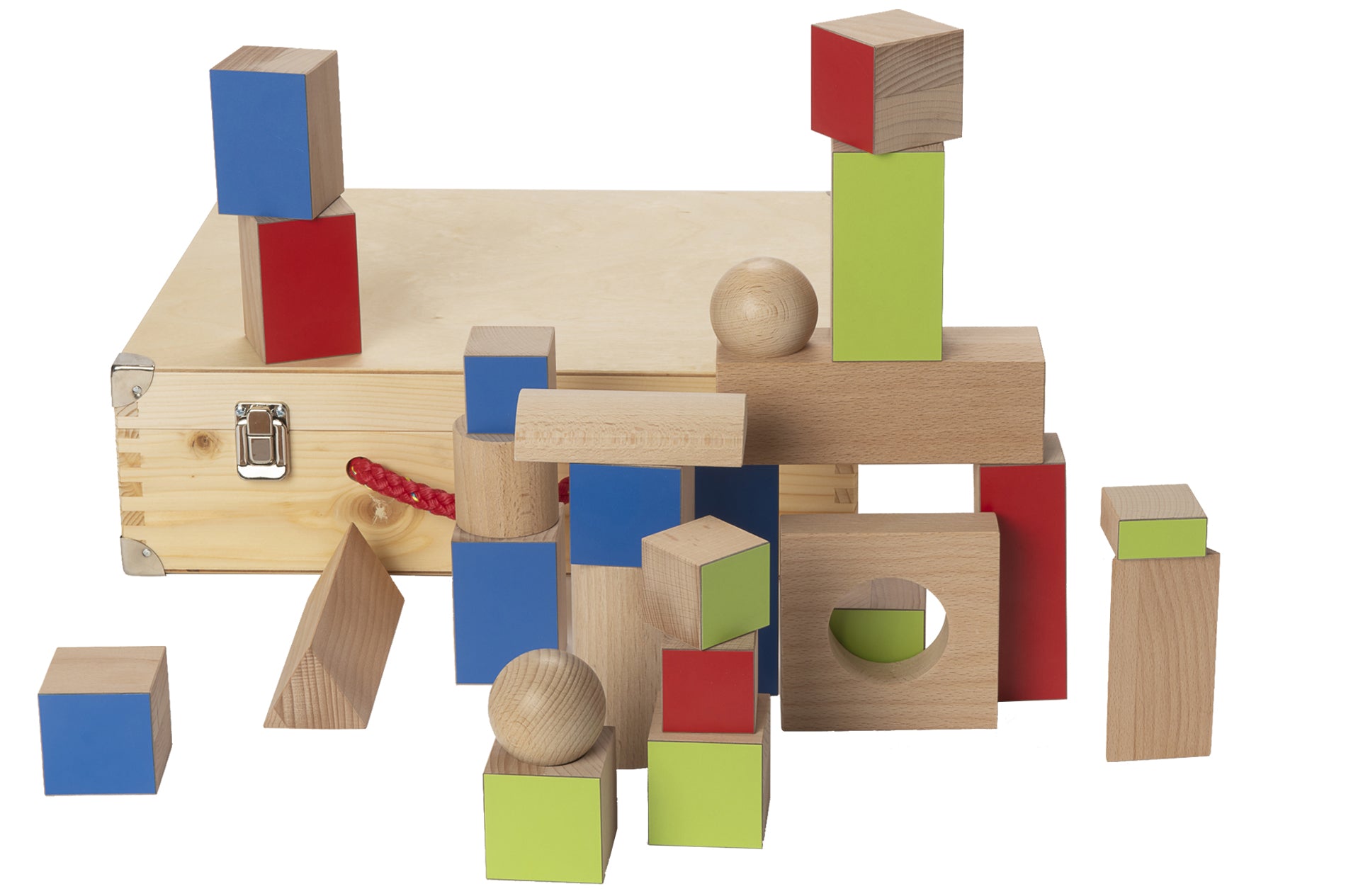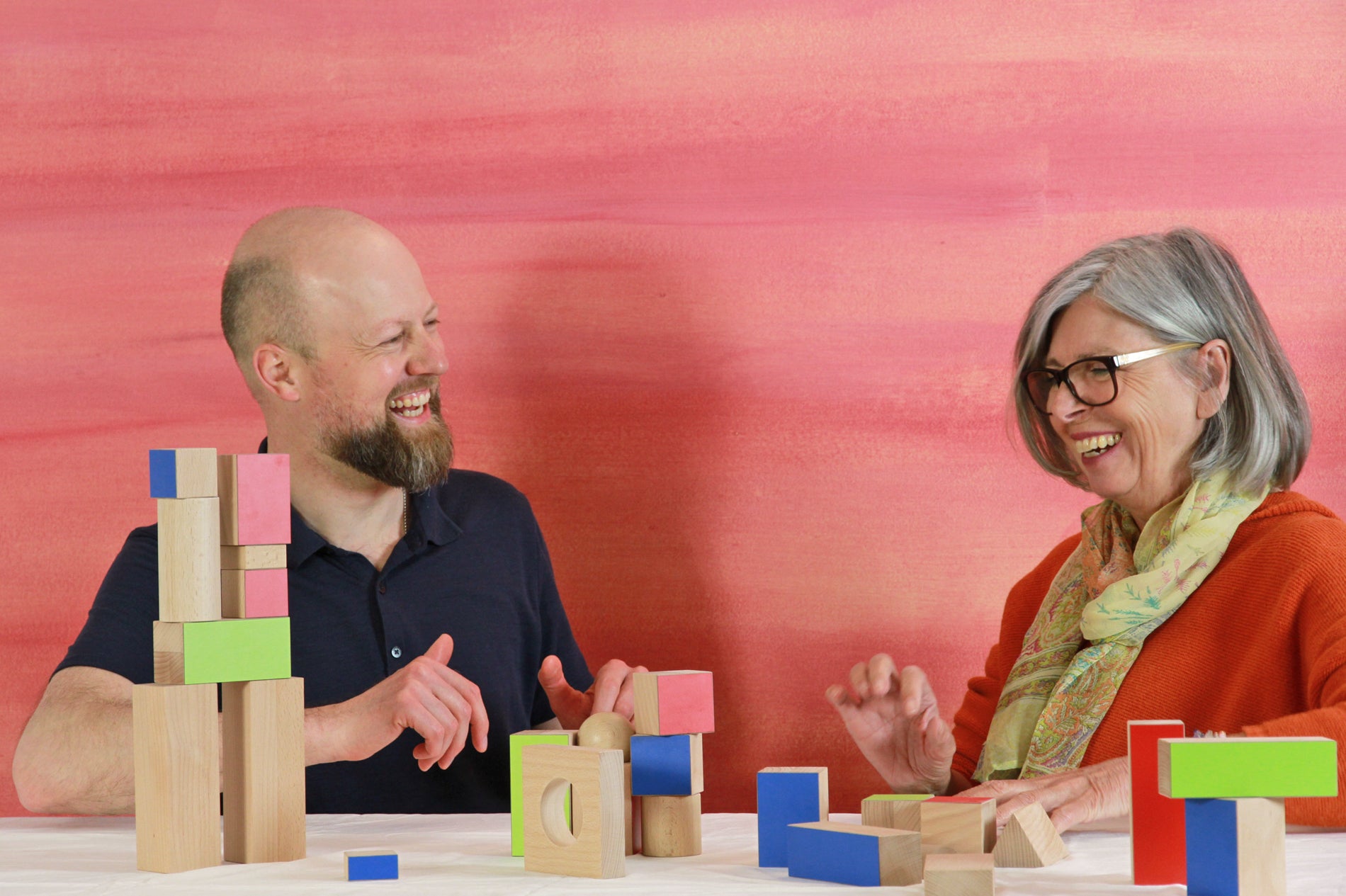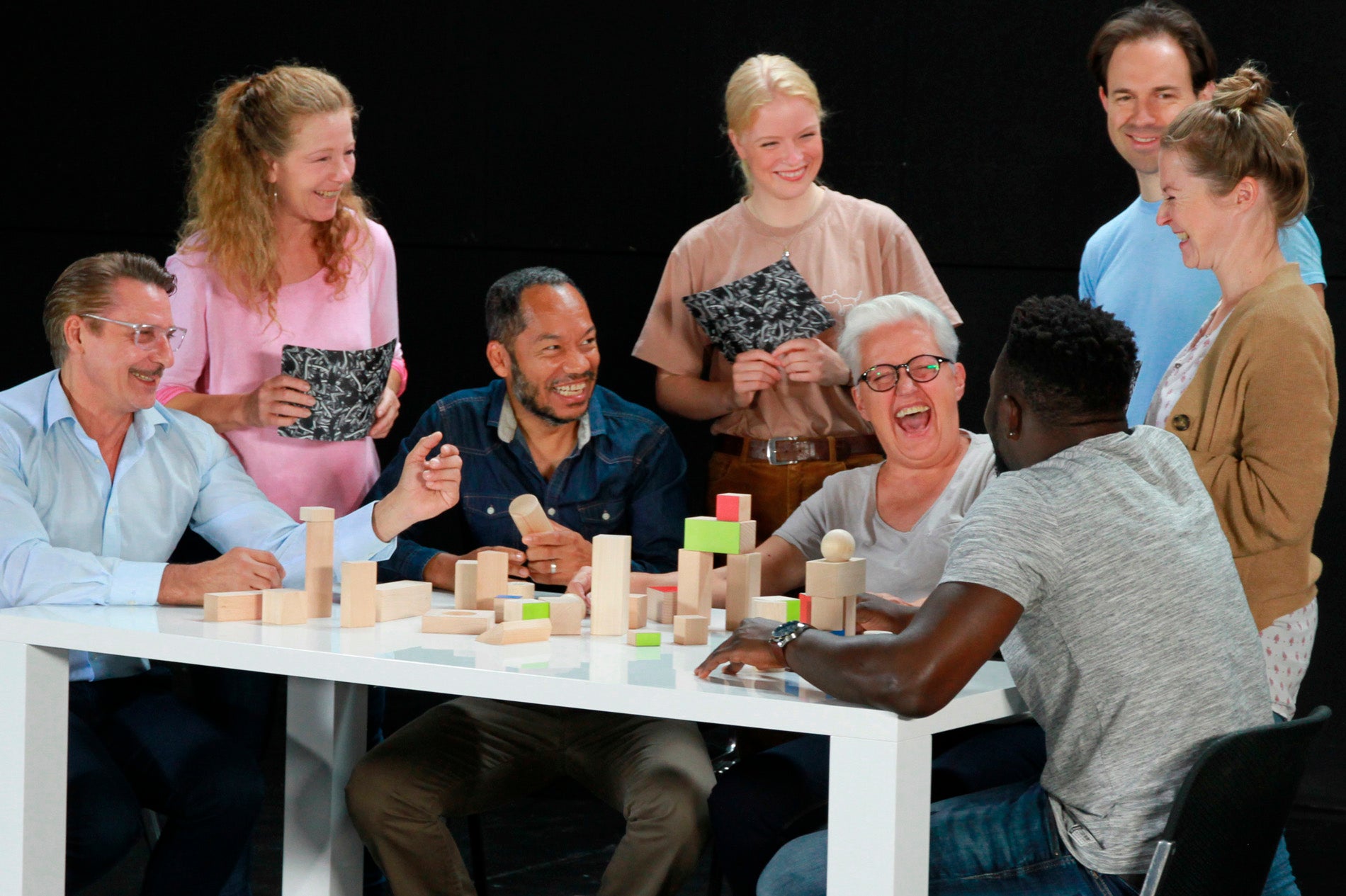- No products in the cart.

Christiane Kleyna uses FutureCity with engineering students to replicate the communication challenges and emotional interactions they will need to manage upon entering the workforce
When we think of engineering school, we think of a rigorous curriculum focused on math and science. Students take years of technical courses, conduct research and work closely with faculty to develop the specialized knowledge necessary to apply science to solve pressing real-world problems.
Yet there is a growing recognition that soft skills are also important for any engineering career. Engineers who are both technically adept and good at communication, teamwork and project management will make the greatest impact in their work, and this skillset is now considered a must-have by many employers. To this end, engineering schools are adding soft skills to their curricula.
Aschaffenburg University of Applied Sciences in Germany, for example, offers an elective called "Social Skills in Technical Project Management." Metalog customer Christiane Kleyna, herself a former engineer, taught the course from 2014 to 2019. Kleyna paired theory with hands-on activities in leadership, team development, communication and conflict management. Then in the final session of each class, she used FutureCity to simulate an engineering project in which her students could practice their new interpersonal skills.
Students sharpen their soft skills in a simulated construction project
In FutureCity, two teams must work together to construct a miniature city using building blocks. 'Stakeholders' are given photo cards of the buildings, while 'doers' are seated at a table with the blocks. No one knows it at first, but each photo card has a slightly different view of the building to be constructed. It confuses both teams at first, but everyone quickly realizes that they must use each other's unique perspectives, along with explicit communication, to build the city.
It's an ideal choice for future engineers because their work is likely to involve multiple stakeholders who may have competing visions – think employers, vendors, government agencies, other engineers, etc. – and they will have to call upon a number of essential soft skills to reach agreement and complete projects successfully.
To kick off the final activity in one particular class, Kleyna asked her students to leave the classroom. While they were away, she scattered the FutureCity blocks on a large table and positioned six seats around the table, then set two flipcharts side by side six feet from the table.
"We have now almost reached the end of the program," she told them. "In order to simulate in a mini project what you learned during the individual units, you will be given the task of constructing buildings from the resources that are available to you – the components on the table."
Working with a group of 14 students, she asked six to be doers and sit at the table, and eight to be stakeholders. Six stakeholders would stand near the table, while two would sit behind the flipcharts.
Each of the stakeholders received two photo cards, which they were not allowed to show to anyone else. Using only verbal communication, they were instructed to describe their photo cards to help the doers build the buildings. Touching the blocks was forbidden.
"I am curious about how effectively the stakeholders can communicate the information you have," Kleyna explained to them. "And how the project team (the doers) will implement what you have understood to achieve the project goal. You have 30 minutes for your joint project. I wish you every success!"
"The greatest learning effect came from the aspect of ‘how quickly emotions dominate,’ i.e. experiencing how emotionally charged even a fake situation can become. The participants experienced both how they felt about their own role as well as how the others felt. They experienced first hand what possibilities they and the other participants had, but also where their options for taking action were limited. This generated intensive reflection about projects they would be involved in in the future."
Chaos and emotion give way to careful collaboration
The activity got a slow start. The doers asked, 'So what do we do now?' while the stakeholders started to give instructions. A few minutes in, one stakeholder asked the others about their cards. Yet, even though they realized that each of their cards showed different images of the city (one building, three buildings, different angles, etc.), it was even more confusing for the doers.
One noted, 'Be careful - some of the blocks have colored sides,' leading them to split up. One doer limited his focus to just one building, three worked on a second building, and the others just shuffled and moved blocks around.
The two stakeholders behind the flipcharts were not even able to contribute. They talked with each other, but struggled to make themselves heard by the others. Being ignored was so frustrating to one of the stakeholders that she became red in the face. Her partner tried to calm her down by comparing photos, but she continued to call out, demanding descriptions and information, without ever managing to make to make herself heard.
Meanwhile, the main stakeholders approached the table, directing the doers to swap, rotate and turn various blocks over. One doer stood up, leaned over the table and tried to take control of the entire construction process, while another withdrew entirely, moving into observation mode. A third doer objected to the person who was being controlling.
The stakeholders then moved so close to the table to gesture and point their instuctions that they nearly touched the blocks, triggering a stern warning from Kleyna. One stakeholder asked the two behind the easel for their input, and compared this with the buildings under construction.
Eventually, with just three minutes left, the buildings emerged. Kleyna led an accuracy check from all participants and all perspectives, and at the end of 30 minutes, the buildings were complete. The team had achieved its goal.
Learning from their own behavior – communication styles and emotions matter
During the debrief, Kleyna asked the students to reflect on their communication styles throughout the activity. It shifted from rushed and rude at first, they said, to calm and measured once they realized their photo cards were all different. In the beginning:
- They didn't let each other finish their sentences.
- They weren't listening to each other.
- They spoke over each other at the same time.
- Some students were being too dominant, which led others to disengage.
Later:
- Their communication became more concentrated and calmer.
- They scrutinized and cross-checked each other's instructions with follow up questions.
- The stakeholders started to move and circle the table, which improved coordination and accelerated constuction.
- Two stakeholders assumed the leadership role.
Kleyna also asked the students about their varied emotional responses to the activity. They discussed:
- How the two stakeholders behind the flipcharts felt ignored and abandoned. They explained how they could not exert any influence on the project and became angry as a result, which only intensified until the end.
- How one doer was so overbearing that it led two other doers to disengage and lean away from the table.
Relating the simulated experience to real engineering projects
Key insights from the activity included:
- Every project goes through phases. Participants may have to bear with chaos initially before finding the right moment to create structure and develop a common strategy for success.
- Project managers can ensure good cooperation by reaching out and involving everyone no matter their position. In fact, it's especially important to reach out to those who seem constrained in order to share facts effectively.
- Project managers must pay attention when participants have strong emotional reactions or withdraw from projects, and address these appropriately in private one-on-one meetings.
- Relationships can be as important as facts, and tending to them is necessary to eliminate misunderstanding and bring about clarity on a project.
About the trainer
Christiane Kleyna is an expert in values-driven business coaching and developing emotionally powerful teams.





